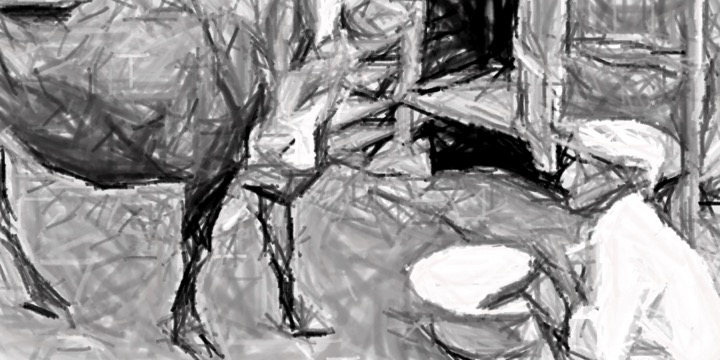India has received good monsoons this year. Reservoirs are full in almost all the states in the country. The farmers have all the reasons to feel happy except for those who are facing untimely rains in October. Water sufficiency in the country is an insurance against shortage of feed and fodder till next summer.
The threat of third wave of Corona is also fading away. The markets have begun to open up with crowds pouring in while distancing themselves from Corona guidelines. Sales at the restaurants is picking up and so is the demand for dairy products in B2B space. The E-commerce sites for dairy as well as D2C platforms are registering phenomenal growth.
The festival demand for milk and milk product is slightly improving though not matching with the demand in 2019 yet. The dairy plants are focussing more on value added products and enjoying the growth due to shift of demand of unbranded dairy products to the branded ones.
The Inflation paradigm
As per a report appeared in The ET on Oct 14th “The WPI or wholesale price inflation eased to 10.66% from 11.39% in the previous month but remained in double digits for the sixth month in a row. Food inflation contracted 4.69% in September compared with a 1.29% fall a month ago, while that of manufactured products rose to 11.41% from 11.39% in August. Inflation in potato was -48.95%, onion was -1.91% and fruit was -1.27%. Among manufactured items, prices of basic metals (26.71%), textiles (16.81%) rose. Fuel and power prices rose 24.81% on-year as against 26.09% in August.”
But the country’s economy faces a serious threat — inflation, especially via the fuel route. A rising trend in international crude prices is only one part of the fuel inflation story as taxes are a big reason behind the current levels of fuel prices. A comparison of price build-up of petrol-diesel brings this out clearly. The tax component of fuel prices was ₹37.83 and ₹28.06 per litre on 14 March 2020, before the Covid-19 pandemic hit. This is now ₹56.26 and ₹44.77 for petrol and diesel.
It is very difficult for the dairy industry to absorb the fuel inflation under its current cost structure. A simple strategy to absorb this increase is by keeping the farmer’s milk prices low. The dairy farmer himself is struggling with higher feed and fodder cost due to increased logistics of all the commodities. The feed prices and other input costs are touching sky.
Show me the silver lining
India still has huge stocks of SMP, butter and ghee. A major part of these stocks is with the cooperatives. The global prices of SMP are at an all time high but still we are unable to tap the market. The key demand centre of such products are in China and we may not have an easy market access in that market. Good monsoons are bound to increase the milk production and the winter flush in cow belts may emerge at an earlier date.
The state governments in South are the biggest impediment in increasing the prices of market milk by the cooperatives. This has led to huge loss making proposition for the cooperative dairies. Even under current circumstances the cooperatives are forced to reduce the farmers milk prices.
The cascading effect of all the factors above is high costs for farmers and the industry on one hand and lower sales realisation and farm gate prices on the other. Another report says that India will be producing 235 Mill MT of milk in FY 23. Would that have any purpose if the farmers if the farmers are forced to kneel down to a lower milk prices ?
Is any one amongst the policy makers really concerned about it?
Please share your comments and the way forward …
Source : Kuldeep Sharme , Chief editor Dairynews7x7



























